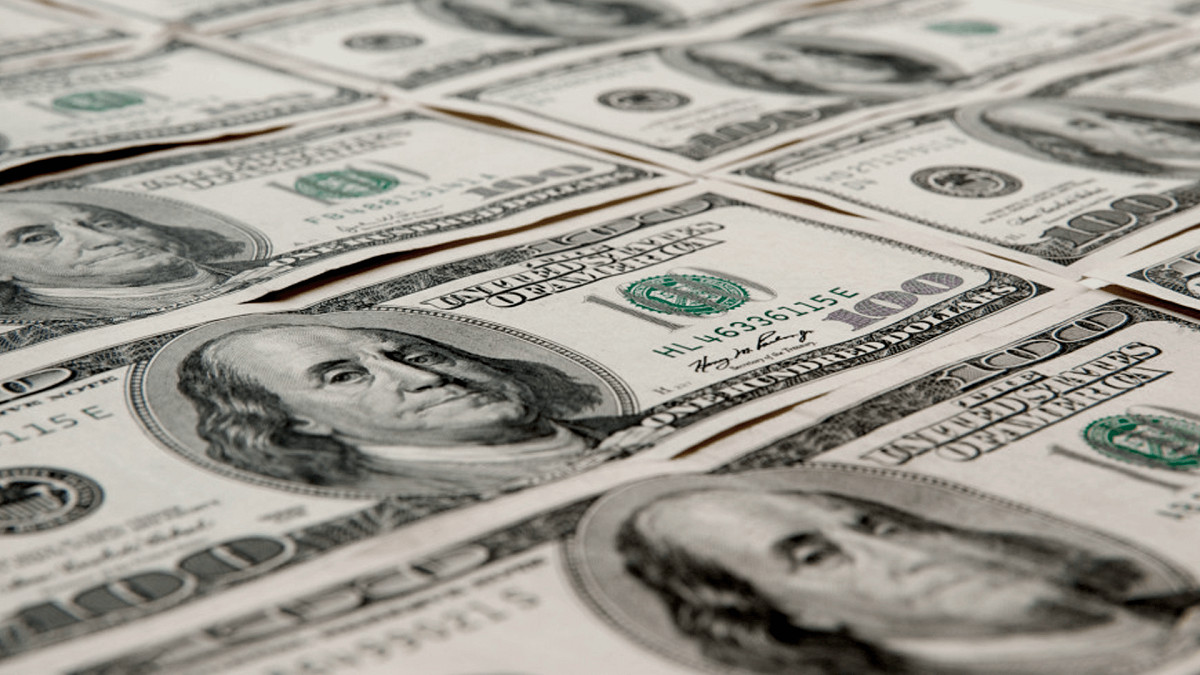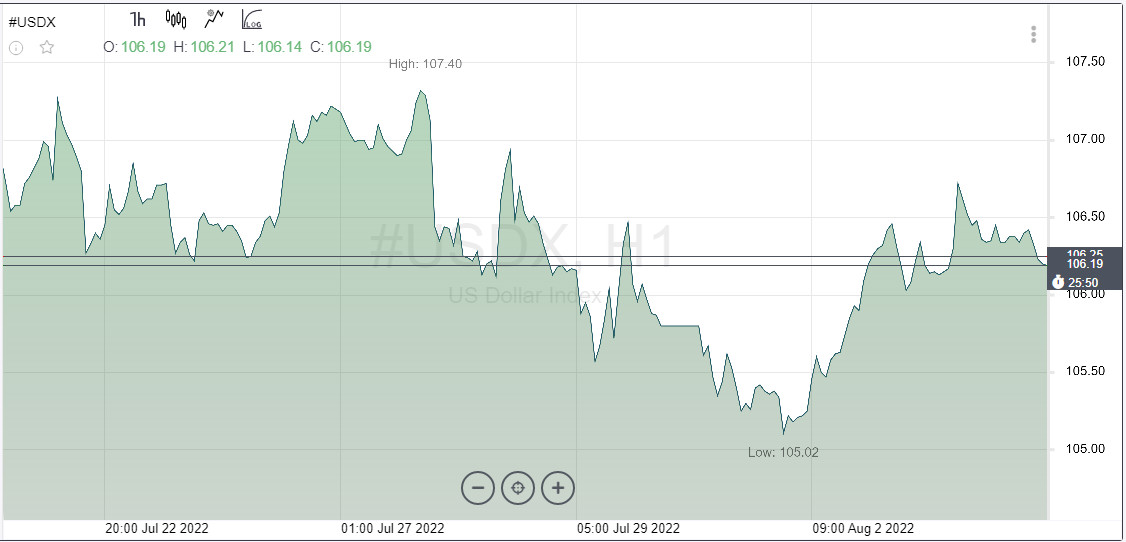
The dollar seems to be trying to take matters into its own hands again. The time for correction has passed, the unfolding events play into the hands of buyers of the US currency. In the coming sessions, the decisive ones will be incoming economic data and statements by regulator officials. Comments should be hawkish, and statistics should only be positive. Fed members should have no qualms about continuing to raise rates until inflation comes down, no matter how that affects prices and employment.
The dollar is unlikely to get good support without strong economic data, which is expected to be decisive for the medium-term prospects for the US currency.
Surprisingly good statistics
The day before, the US dollar regained its previous losses, but did not have enough fuse to confidently continue to move up. On Wednesday, support was provided by important data that traders were waiting for to determine the economic state of the country.
The index of business activity in the services sector from the Institute of Supply Management (ISM) exceeded market expectations. In July, the value of the indicator increased from 55.3 to 56.7.
«The ISM services index not only fell short of expectations for a decline, but also rose in July by the most in five months,» Wells Fargo economists comment on the situation.
«Despite heightened recession concerns, there were few signs of a slowdown in the details of the report. The increase in the service index was associated with a revival of activity,» they added.
Last week, the Fed cited signs of a further slowdown in economic growth in the second quarter as one of the reasons the regulator will be keeping a close eye on incoming data in the eight weeks leading up to its next meeting. In particular, the statistics will also determine how much the rate will be raised at the September meeting.
As for a recession, Jerome Powell and his colleagues were skeptical about such a development of events, calling this scenario unlikely. It was hard to believe after the release of the disappointing GDP data, but Wednesday's data shows that Fed governors may be right.
If other data is as impressive as the ISM services index data, it will make the Fed feel more comfortable. Nothing will stop the regulator from further significant tightening of policy, especially if inflation does not show signs of reduction in the period before the first autumn meeting.
Fed hawkish attitude
Several politicians speaking this week have shown themselves confident in continuing aggressive policy tightening. Almost all of them say that the regulator is still determined to keep raising rates. This will continue until they see convincing and long-term evidence that inflation will fall to the 2% target.
It would make sense for the Fed to raise interest rates by 50 bp in September if the economy develops in line with the current scenario, San Francisco Fed President Mary Daly said on Wednesday.
«If the members of the Central Bank see that inflation is growing, and the labor market does not show signs of slowing down, then an increase of 75 bp will be considered. And yet, the option with 50 b.p. at the moment, based on the incoming data, seems to be the most appropriate», Daly added.
After Daly's comments, investors in futures contracts linked to the Fed's overnight base interest rate reduced the likelihood that the central bank would raise its rate by 75 bp. in September.
Meanwhile, Daly has signaled to markets twice this week that they are misjudging the outlook for US interest rates. She hinted at a possible reset of expectations in the coming months. This could have implications for the dollar and other major currencies.
Analyzing positioning and rates, investors believe that the Federal Reserve will raise the interest rate to 3.5% this year before cutting it again at the beginning of the new year. Based on recession risks in the US, the first rate cut is likely to occur in May 2023.
The governors of the American regulator, in turn, warn against such assumptions. Markets are getting ahead of themselves too much and are at risk of being fooled, Daly said.
The San Francisco Fed President also notes that the June forecasts (this was the last time the markets could see a dot chart) don't have anything like what investors are now guided by.
«It's about a simple reboot. You know, the economy has a certain power. Inflation is too high. We are going through a period of attempts to reduce inflation and ensure sustainable growth,» she concluded.
What's up with the dollar
The dollar, as mentioned above, armed with a positive attitude, but it is difficult to keep the bullish trend. The rise of the index to the range of 106.50-106.80 was interrupted. Shortly after reaching new three-day highs, the dollar began a corrective decline. In case of strengthening of bearish sentiments, the index may drop to the level of 105.00.

Markets saw a second rise in the dollar, but no significant barriers were overcome. In this regard, the index remains vulnerable to further losses, at least in the short term.
This week the dollar is undergoing a revaluation of values. Buyers need to make sure the Fed maintains its strong stance on tightening monetary policy, and economic data can help them do so.
The dollar has yet to pass the Non-Farm Payroll test on Friday. June trade data and initial jobless claims, which have risen steadily since the end of March, will be released on Thursday.





















